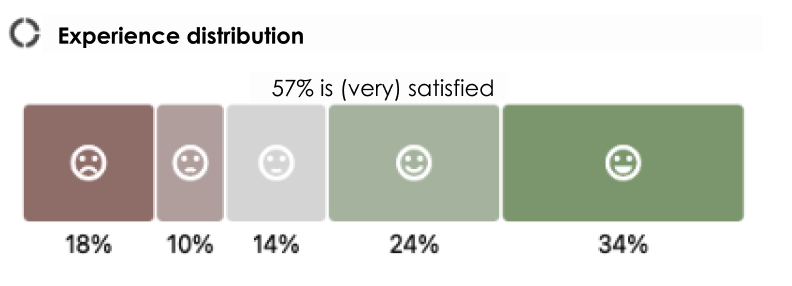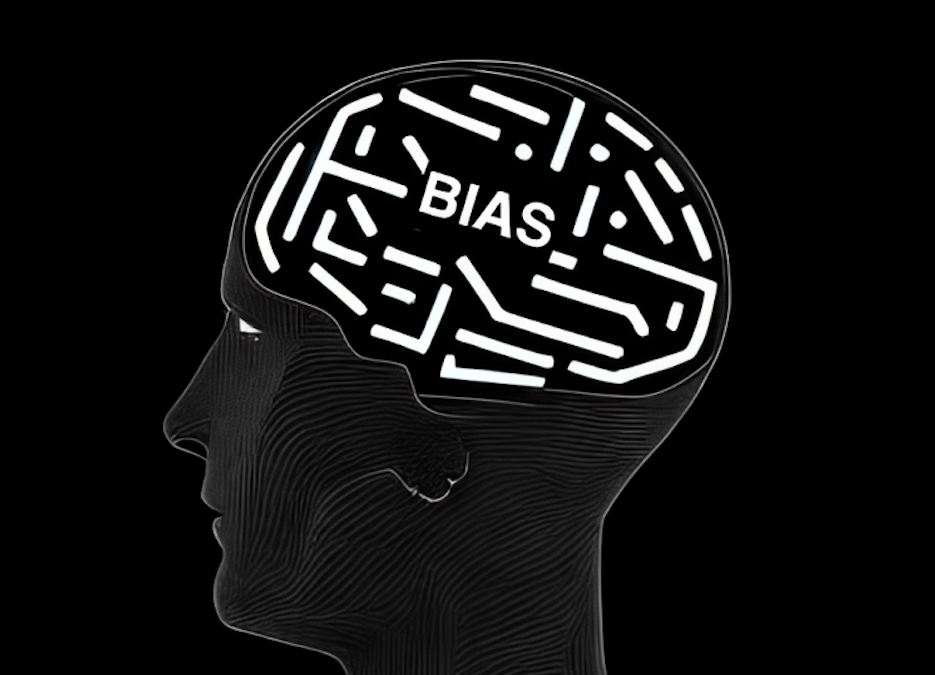In this blog, I will discuss bias in customer research. I often come across situations where misplaced doubt arises, leading to research not being conducted at all or results being unnecessarily questioned. I also frequently encounter the assumption that respondents only want to share feedback when they are dissatisfied.
That’s why I will delve into the Negativity Bias from a scientific perspective, share my insights based on personal experience, and explore how we can account for it in research to reduce its effects.
Cognitive biases in general
To start with, I specifically focus on the Negativity Bias in relation to customer research. We all constantly encounter cognitive biases (or cognitive distortions) such as confirmation bias, anchoring effect, and availability bias. In 2016, Buster Benson published an impressive categorization of 188 cognitive biases on Medium.com (B. Benson, Why Are We Yelling?). He divided the biases into four categories that relate to the challenges people face in perceiving reality:
- Information overload
- Lack of meaning
- Limited time and resources
- Limited memory
John Manoogian visualized this information in a very powerful illustration.

Awareness, understanding, and recognizing these biases help us interpret the results better. Subsequently, based on this interpretation, we can make better decisions.
The Negativity Bias from a scientific perspective
In scientific terms, this is known as Negativity Bias or positive-negative asymmetry. This means that respondents in surveys/questionnaires are more inclined to express their dissatisfaction rather than their satisfaction, which can result in lower ratings (Source: Smith et al., 2018). If dissatisfied customers are more likely to provide feedback than satisfied customers, it skews the overall perception of customer satisfaction, leading to an incomplete picture.
Our experience
Based on my experience of over eight years in customer satisfaction surveys, I have noticed that both negative and positive experiences play a significant role in triggering feedback. Extremes, such as highly positive or highly negative experiences, have the most impact on drawing out feedback. Our data, gathered from over 100,000 responses, supports this observation.

How do we prevent this?
To ensure an accurate understanding of customer experience, it is essential to ensure the accessibility and user-friendliness of survey instruments. By offering questionnaires through various channels such as kiosks, digital platforms, and with the assistance of interviewers, we gain a comprehensive perspective on the opinions and experiences of customers.
Furthermore, to obtain a clear and complete picture, it is important not only to collect active feedback but also to integrate data on customer behavior. These data provide an additional perspective on the subjective feedback from customers. These insights serve as checks and enrich the feedback, leading to a better understanding of the customer experience.
Conclusion
Negativity Bias poses a challenge in customer experience research. By acknowledging this bias and implementing strategies to mitigate its impact, organizations can gain a more accurate understanding of customer opinions and improve overall customer experience.
Don’t let your customer satisfaction surveys fall victim to skewed evaluations! Take action today and create a balanced feedback environment that truly reflects the voice of your customers.
Satys. | Profitable insights from customer experience.

Recent Comments